Who was Ed Gein, the serial killer in Netflix's 'Monster' Season 3?
Published in Entertainment News
LOS ANGELES — Ed Gein may not be America's most infamous serial killer — he's eclipsed by the likes of Ted Bundy and Jeffrey Dahmer in the public imagination — but his macabre crimes were fodder for several classic horror movies that are permanently imprinted on American minds.
Gein, a Midwestern farmer pushed by personal tragedy into pathological criminality, is the focus of the third season of "Monster," Ryan Murphy and Ian Brennan's crime anthology series. The show's debut season centered on Dahmer (played by Evan Peters) and its sophomore season focused on the Menendez brothers (Nicholas Alexander Chavez and Cooper Koch).
Charlie Hunnam leads the show's third installment, "Monster: The Ed Gein Story," which premiered Friday on Netflix, as the titular "Butcher of Plainfield."
"Serial killer. Grave robber. Psycho. In the frozen fields of 1950s rural Wisconsin, a friendly, mild-mannered recluse named Eddie Gein lived quietly on a decaying farm — hiding a house of horrors so gruesome it would redefine the American nightmare," reads the show's official logline.
"Driven by isolation, psychosis and an all-consuming obsession with his mother, Gein's perverse crimes birthed a new kind of monster that would haunt Hollywood for decades."
Gein's enmeshment with his mother inspired the character Norman Bates, the bumbling motelier and murderer of Alfred Hitchcock's "Psycho" (1960). The killer's habit of fashioning costumes and furniture out of human skin is shared by his fictional counterparts Buffalo Bill ("The Silence of the Lambs") and Leatherface ("The Texas Chain Saw Massacre.")
But who was the real Ed Gein, and what moved him to commit the crimes that have fascinated horror directors for decades?
Early trauma
Born in 1906, Gein was raised on an isolated farm in Plainfield, Wisconsin, by an alcoholic father and an ultrareligious mother, whom he adored and defended until her death in 1945.
In "Ed Gein," a 2001 film based closely on Gein's life, the killer's mother teaches her sons that all women (except her) are promiscuous evildoers and restricts her sons' contact with the outside world. While Gein's father's abuse is explicit, his mother's is insidious — and arguably more deleterious to the young Gein.
"As the film portrays him, Ed Gein never had a chance," former Times critic Kevin Thomas wrote in 2001.
In his 1989 true crime book "Deviant," Harold Schechter characterizes the young Gein as a social outcast, resentful of almost everyone but his mother.
"Cut off from all social contacts, completely separated from the life of the community, condemned to an existence of crushing poverty in a remote and desolate region with two tormented and inimical parents, Eddie — never emotionally strong to begin with — was retreating farther and farther into a private world of fantasy," Schechter writes.
An Oedipus complex
Gein's father George died in 1940 of heart failure. Gein's older brother Henry died four years later, reportedly from the same cause — though many believe Henry was actually Gein's first victim. Then in 1945, the death of Gein's mother Augusta reportedly triggered the soon-to-be killer's spiral into psychosis.
The 2023 docuseries "Psycho: The Lost Tapes of Ed Gein" features medical records from 1957, the year Gein, then 51, was arrested. According to these records, Gein began grave digging in the aftermath of his mother's death. He often took the bodies back to his shed; other times, he mutilated the bodies at their grave sites.
"When questioned as to his reasons for doing this, he stated that he thought it was because he wanted a remembrance of his mother," the records read. Gein also confessed that, "for a period of time after his mother's death, he felt that he could arouse the dead by an act of will power. He claimed to have tried to arouse his dead mother by an act of will power and was disappointed when he was unsuccessful."
The corpses proved to be insufficient surrogates for Gein, who later devolved into murdering middle-aged women who reminded him of his mother. His first victim, 51-year-old tavern owner Mary Hogan, disappeared in 1954, and his second, 58-year-old hardware store owner Bernice Worden, was killed in 1957.
As chronicled in "Psycho: The Lost Tapes of Ed Gein," Worden's son Frank alerted authorities to her disappearance after he found shell casings and a trail of blood at their family hardware store. He also found a receipt for antifreeze, which Gein had inquired about the day before Worden went missing.
Upon entering Gein's farm shed, authorities found Worden's naked corpse hanging and mutilated "like some game animal that's been dressed out after the kill," "Deviant" author Schechter said in the documentary. They also found human skulls fashioned into soup bowls; lampshades and costumes made from human skin; and mutilated female body parts, among other nightmare fuel.
In a recording made on the night of Gein's arrest and finally unearthed in 2023 — the same ones Hunnam used to inform his voice as Gein for "Monster" — the killer described his gruesome acts as "taken from reading about news magazines and them things. Taking the flesh off, like a head hunter."
Forensic psychiatrist N.G. Berrill, who was interviewed in the Gein docuseries, said Gein was likely referencing midcentury pulp magazines that laid out the atrocities carried out by the Nazis during World War II. Ilse Koch, the wife of a Nazi commander, had a lampshade made from the skin of murdered inmates.
"The fact is, when you see all the bodies piled up and you see people as disposable, you understand that people were experimented with, if you're inclined emotionally or psychologically to that type of thinking, even if you don't want to admit it, it grabs your attention in sort of the wrong way," Berrill said.
Gein ultimately confessed to murdering Hogan and Worden and robbing more than 40 graves, though he denied cannibalism and necrophilia claims. While initially convicted of first-degree murder in Worden's death, he was eventually declared not guilty by reason of insanity — diagnosed as schizophrenic — and was institutionalized until his death due to complications from cancer in 1984.
The small-town horror story heard around the world
Gein's crimes shocked his community and the country.
"He's a kind of meek, unremarkable man who could have been your neighbor. And there's something eerie about that, that is disruptive to our collective ideas of, 'What is a monster?'" said Jooyoung Lee, a serial homicide researcher at the University of Toronto, in "Psycho: The Lost Tapes of Ed Gein."
Some people's fascination with Gein even verged into fandom, according to Hamish McAlpine, producer of the 2000 film "Ed Gein."
"Apparently there are 182 websites devoted to Ed Gein," McAlpine told The Times in 2001. "There is even an Ed Gein fan club. You can buy Ed Gein memorabilia. You can buy a bust of Ed Gein, Ed Gein ashtrays and even Ed Gein calendars."
Echoes of Gein in Hollywood
Gein's simmering psychosis coupled with the barbarity of his crimes made him an ideal horror archetype.
Gein was the inspiration for Robert Bloch's novel "Psycho," which Alfred Hitchcock adapted into the 1960 film of the same name. In Hitchcock's movie, Bates, like Gein, exhibits severe attachment to his mother. Bates murders his victims due to a form of dissociative identity disorder that drives him according to her will.
"A boy's best friend is his mother," Bates famously says in the film.
Gein is among the serial killers who "The Silence of the Lambs" (1991) director Jonathan Demme said inspired his film's villain Buffalo Bill, who, like Gein, skinned his victims.
That killer quirk also made its way into "The Texas Chain Saw Massacre," which sees the chainsaw-wielding Leatherface sporting a mask made of human flesh. The indie horror film's director, Tobe Hooper, said that as a child he heard Gein's story from his relatives who lived in Wisconsin.
"They told us the story about this man who lived in the next town from them, about 27 miles or so, who was digging up graves and using the bones and skin in his house," Hooper said in a 2015 interview with director Barend de Voogd.
"That was all I knew about it. They didn't mention his name," Hooper said. "But to me he was like a real boogeyman. That stayed in my mind."
©2025 Los Angeles Times. Visit latimes.com. Distributed by Tribune Content Agency, LLC.
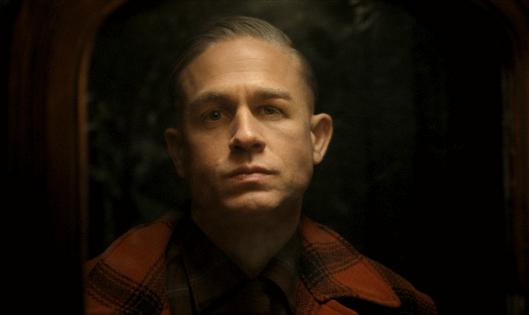
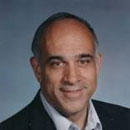

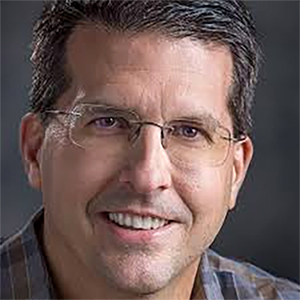
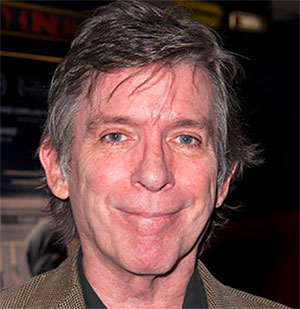






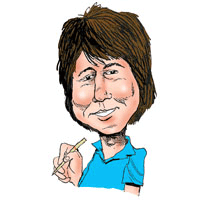

Comments